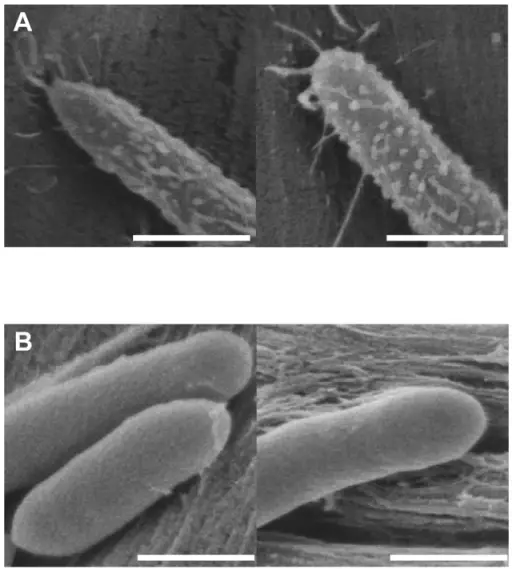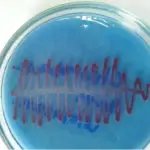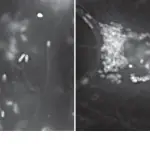Clostridial Infections are any of several infectious conditions in animals and humans resulting from bacteria Clostridium species that are found in soil and enter the body via wounds or contaminated food.
What is the Pathology of Clostridial Infections?
The pathology of clostridial infections is:
-Etiology: The cause of clostridial infections is bacteria Clostridium species.
-Genes involved: Not applicable.
-Pathogenesis: The sequence of events that lead to clostridial infections.
-Morphology: The morphology associated with clostridial infections shows gram-positive rods, measuring 3–5 μm in length and 0.5 μm in width. They are encapsulated, motile by peritrichous flagella and sporulating in nature.
-Histology: The histology associated with clostridial infections shows rods, box car shaped, spores with intracellular clearings.
How do Clostridial Infections Present?
Patients with clostridial infections typically are all genders of all ages. The symptoms, features, and clinical findings associated with clostridial infections include dehydration, rapid heart rate, nausea, loss of appetite, diarrhea, and cramping.
How is Clostridial Infections Diagnosed?
Clostridial infections are diagnosed by blood test, and x-rays.
How is Clostridial Infections Treated?
Clostridial infections are treated by antibiotics such as penicillin, and clindamycin.
What is the Prognosis of Clostridial Infections?
The prognosis of clostridial infections is poor.



